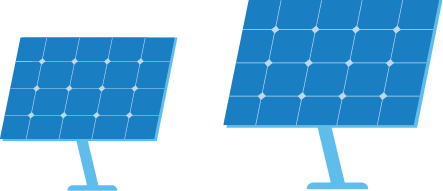Energy Saving Tips For Office
Standby Power Consumption
- Standby power is the electricity consumed by an appliance when it is not performing its primary functions, but plugged in to a power source and ready to be used. For example : a television continues to draw a little power to maintain the control function after the user switches it off with the remote control device. Standby power is expressed in watts (W).
- The electricity consumption of different electric appliances in standby mode varies. Assuming that the standby electricity consumption for an appliance is 1 Watt and a family normally has about 10 to 20 electrical appliances* in standby mode, switching off all such standby appliances may reduce household electricity consumption by up to 3%.
- Establish an Energy Efficiency Policy and Measures to indicate top management’ s commitment.
- Get staff to understand and commit to good energy saving practices by setting up housekeeping practices such as assigning designated officers to inspect workplace; and having discussion sessions for identifying areas of improvement, etc.
- By providing continuous training and communications, inform staff of the power management features of office equipment and commit to good energy saving practices.
- Request suppliers to pre-set power management features on equipment and provide training to staff.
- Switch computers to sleep or hibernation mode and switch off monitors, printers when leaving office for long time (e.g. during meetings, lunchtime, etc.)
- After office hours or before leaving the workplace, switch off the power sources to computers and the connected peripheral devices, such as monitors and printers, etc.
- Use appliances with timer control or automatic power-off function. Do not leave them in standby mode for a long period of time or after office hours.
- Before leaving the office, arrange the last-man-out to check and switch off the power sources to all air conditioning, lighting and office equipment that are not in use.
- Keep the number of switched on equipment that has to perform its primary function during non-office hours to a minimal, such as by switching off computer servers of non-essential services before weekends and public holidays to reduce power consumption.
What is standby power?
How much energy is consumed in standby mode? Why is it so important?
* These appliances include broadband modem; Wi-Fi router; cordless telephone; computer; computer monitor; printer; charger for mobile phone, tablet computer, notebook computer and backup battery pack; television; video player; digital video recorder; video game console; radio; electric fan; electric toothbrush and electric shaver.
Tips for reducing Standby Power Consumption
Establish company wide energy efficiency policy
Equipment setting and staff training
Use of office equipment



